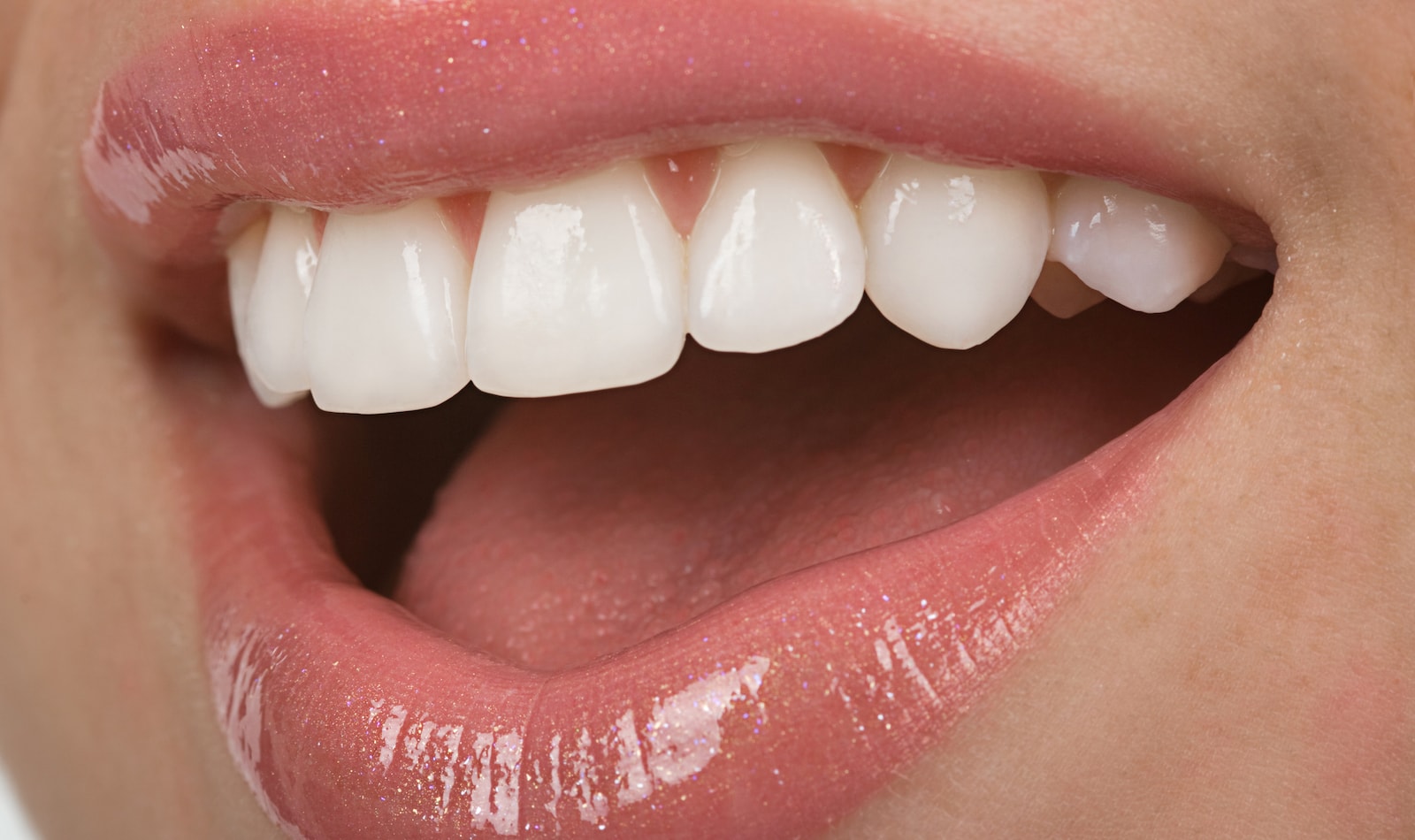
While patients are told from an early age to take care of their teeth, various factors combine over the years to cause tooth erosion. The main causes of tooth erosion are:
Once the enamel is gone, it does not re-grow. Enamel erosion cannot be completely prevented but there are simple steps that can be taken to help minimize the effects of erosion. The treatment options for tooth enamel restoration depend on the extent of the damage. Some of the treatment choices include:
It is no longer recommended to brush your teeth immediately after eating. The theory now is the first 15 to 20 minutes after eating is when the acidity is highest. A person does not want to potentially brush away the enamel at its most susceptible time. It is better to rinse after eating to lower the acidity in the mouth and then wait a little bit before brushing. As always, prevention is the best medicine so minimizing the number of times the acidity rises in the mouth will be helpful.
The need for tooth enamel restoration can be attributed to the increase in acidity in food and drinks. A lot of people have coffee throughout the day which is very acidic and that allows the teeth to wear down more quickly. Eating sweets increases the acidity in the mouth and wear down the enamel during the chewing. Although sweets do not cause cavities, it provides the nutrients for the bacteria in the mouth that can attack the teeth and cause cavities.
Enamel restoration is not a whitening procedure in the traditional sense. It can whiten teeth but it does not accomplish this with hydrogen peroxide or carbamide peroxide which are traditionally used for whitening.
Enamel restoration places an artificial coating over the tooth to protect or improve its look and strength. This includes the composites or porcelains placed over the tooth. The whitening procedure is a peroxide gel, which works on the tooth in the oxidation process but does not always achieve the level of whiteness desired.
Tooth bonding and porcelain veneers are two of the main treatment options for moderate or severe enamel erosion. They last about seven years (give or take a few years on either end). At some point, the glue gives out or the bonding does not hold. The length often depends on the patient’s home care and whether they follow the doctor’s recommendations. Sometimes these restorations fail prematurely because of habits such as biting nails and pens or grinding teeth at night. Removing some of these stresses on the teeth will help the restorations last longer.
The recovery period after tooth enamel restoration is very quick. A patient can usually go back to work the same day and resume their normal activities. It is normal to experience some bruising or soreness at the injection site but that fades after a few days. There are no food restrictions except minimizing the consumption of food that contributed to the problem in the first place.
It is important to be practical about oral health because it is directly tied to the overall health of a person. Poor oral health is linked to other conditions like heart disease, hypertension, diabetes, pre-term birth, low birth weight, and even autoimmune conditions. Practicing good oral health not only minimized the need for tooth enamel restoration, it also promotes good health in general.
Written by Cosmetic Town Editoral Team - MA
Based on an exclusive interview with Elizabeth Lowery, DDS in Austin, TX